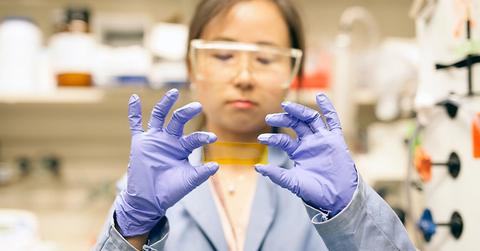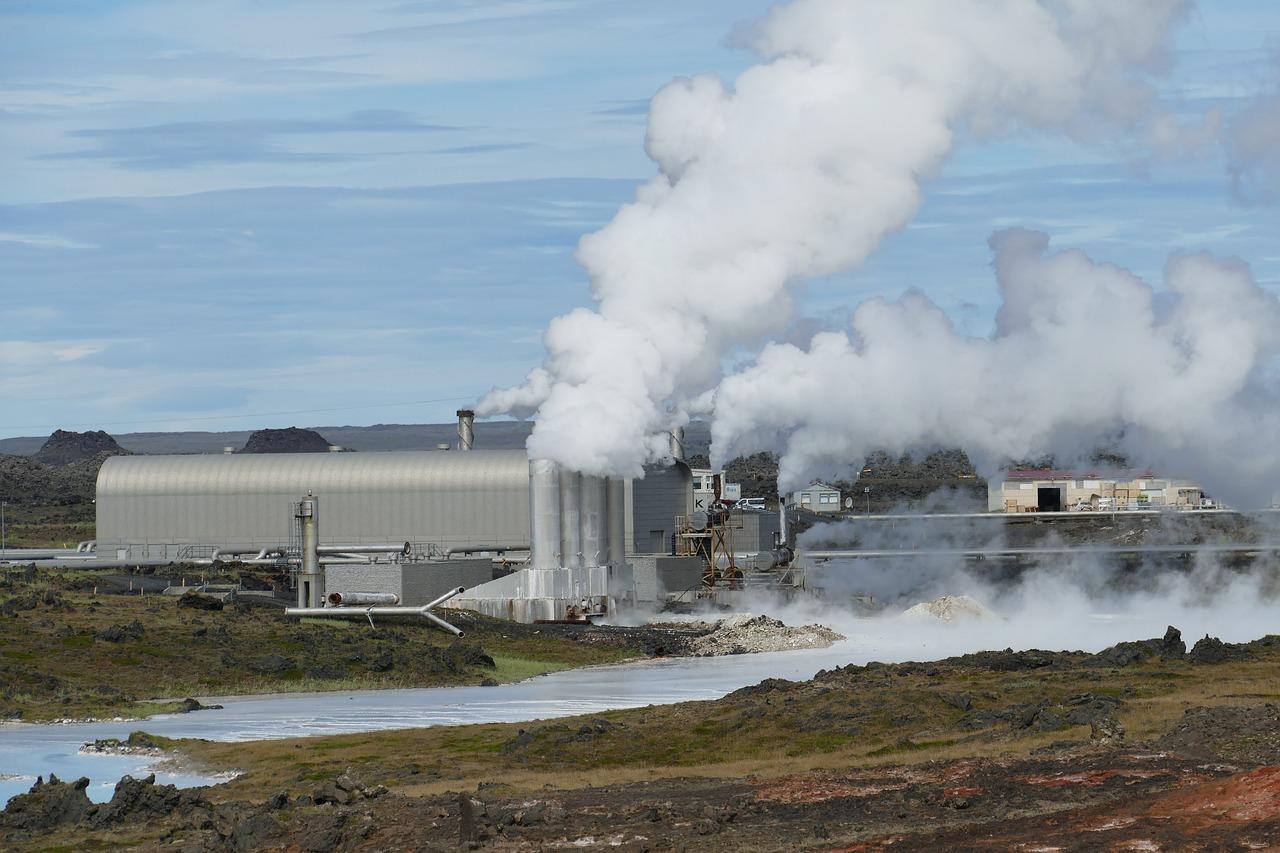MIT Develops Battery To Store Thermal Energy For Hours
Lithium-ion batteries are the popular choice to store renewable power, but scientists at MIT are improving thermal energy storage. Using pulses of light gives them more control in the heating process, and it can be used with heat from the sun, factories, and cars.
Updated May 16 2019, 11:03 a.m. ET

Solar power is one of the most common renewable sources of energy out there, but we still struggle to use it efficiently. In recent years, developing lithium-ion batteries as a way to store energy has been gaining popularity. Researchers at MIT have recently unveiled a new battery that stores thermal energy to for hours at a time, offering up a new and exciting potential for renewable energy.
Tesla and other companies that have been jumping into the solar energy industry focused on developing lithium-ion battery solutions for storage. Since the sun isn’t up for 24 hours each day, these batteries kick in at night, or when sunlight isn’t optimal. There are good reasons to use li-ion technology, including a long life, little maintenance, and it can handle the heat created from the sun to an extent.
However, li-ion batteries do pose their own problems. This includes higher expenses than the alternatives, the batteries deteriorating after every charge, and the heat does pose a chance for them to catch fire if there’s any malfunctions. For these reasons, scientists at the Massachusetts Institute of Technology have created a battery that can store thermal energy and it can discharge on command.
The idea of thermal energy isn’t new, but it’s been very unstable. Its method uses phase change material (PCM) that transfers from a solid to a liquid and back into solid form. Heat turns it into a liquid that also has the ability to store energy. When things cool down, in becomes solid again while releasing the energy it obtained. That energy is inconsistent, and these products needed large amounts of insulation to hold onto that power.
To improve efficiency, scientists discovered that light can keep PCM in liquid form even after being cooled down. Another pulse of light can finally release the energy while it becomes solid. Professor Jeffrey Grossman explains in an MIT news article that they can add a “control knob for properties such as melting, solidification, and supercooling.”
With their ability to control the process with light, energy won’t be released immediately. Compared to similar batteries that can only store thermal energy for minutes, this new method could keep it for up to 10 hours and it won’t be affected by a temperature change of 18 degrees Fahrenheit. These numbers could improve with further studying.
Using the new thermal energy battery wouldn’t be limited to the sun. The phase change material could be activated from heat that comes off of factories and vehicles. MIT scientists believe this would be a great way to recycle heat that’s otherwise wasted. This would also provide useful in rural areas with limited energy use or places like Puerto Rico that are rebuilding after disastrous hurricanes.
“Our interest in this work was to show a proof of concept,” Grossman said in the MIT news article, “but we believe there is a lot of potential for using light-activated materials to hijack the thermal storage properties of phase change materials.”
